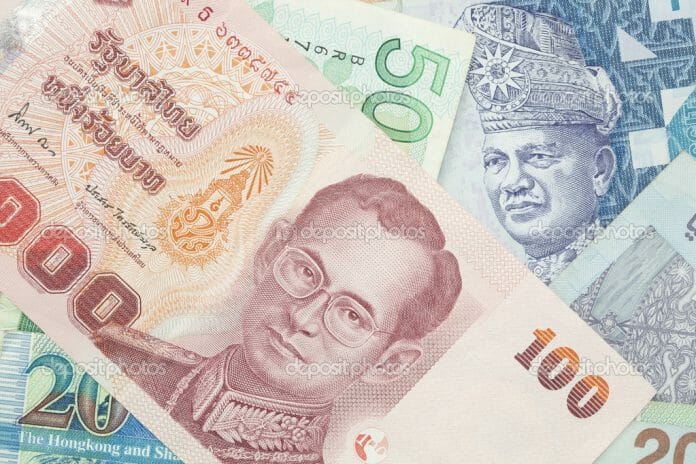Malaysia Total Debt Flows: -MYR1.2b
Foreign funds trimmed Ringgit debt positions for a third straight month with 6 out of the past 7 months seeing red though the pace of outflow slowed to -MYR1.2b in February (Jan: -MYR5.1b).
Maybank Investment bank (Maybank IB) in its note on Fixed Income Foreign Flows, Feb 24 today (Mac 11) said total foreign holdings are now down by MYR15b from the record high MYR279.2b in July, while the Ringgit also lost 5.2% versus the USD in the corresponding period.
The foreign holdings of short-term discount instruments declined further to a negligible MYR0.9b – no longer a source vulnerability to flows.
The lagged quarterly data on foreign composition confirmed our view and caution that the fast buildup of Ringgit debts by offshore banks in the first half last year would pose reversal risk given the low stickiness nature of these funds. Offshore banks indeed net reduced Ringgit debts by MYR3.5b in 4Q23 after three successive quarters of net purchase totalling MYR23.7b.
Offshore banks selling might have extended into Jan-Feb, although we can only find out from the next quarterly release of foreign composition for 1Q24 and it also depends on the flow performance in March. By debt instrument, it was a mixed bag in February.
GII accounted for the largest outflow -MYR2.2b, followed by discount instruments –MYR0.4b, while MGS and PDS saw net gain of +MYR0.6b and +MYR0.8b respectively.
Total portfolio flows swung back to a small net positive of MYR0.2b in February (Jan: -MYR5.1b) thanks to a larger MYR1.4b inflow to domestic equities which more than offset the total bond outflow in the month.
Interestingly, Malaysia’s foreign reserves only fell slightly by USD0.5b MoM to USD114.3b at end-February despite signs of increased BNM interventions – at least verbally – with explicit reiterations of Ringgit being undervalued, although the fortnightly decline was a larger –USD1.1b in the second half of February and it is unclear yet about the change in FX forward positions, which is released with a one-month lag, last at USD23.4b net short in Jan.
BNM has stepped up engagements with GLIC and GLC to encourage repatriations and conversion of foreign investment income into Ringgit more consistently, which we think is crucial.
For foreign investors, we maintain our recommendation of tactically turning FX-unhedged in Ringgit bond positions.
The Ringgit tends to outperform regional FX when the regulator steps up support following an extended period of weakness, although a further decline in USDMYR spot would require tailwind from USD weakness and the upcoming US nonfarm payrolls is a key risk factor.
REGIONAL
Other ASEAN local bond markets also incurred outflows in February with Indonesia seeing wider losses while Thailand saw outflows in THB bonds.
IndoGB+INDOIS: Foreign outflow widened to –USD0.3b in February from almost flat at –USD0.01b in January. Foreign share dropped to 14.5% (Jan: 14.8%) while BI share rose to 24.3% (Jan: 24.1%).
KTB: Official data for February is pending.
Inflows resumed in January with an USD1.2b gain after –USD1.7b outflow in December. Foreign share was an all-time high of 22% in December (Nov: 21.8%).
ThaiGB: While pending central bank data, higher frequency data from the ThaiBMA showed net outflow in February for overall THB bonds.
For January, central bank data showed a small net gain of USD0.1b for ThaiGB. Foreign share of ThaiGB declined to 11.0% at end-January (Dec: 11.1%).









